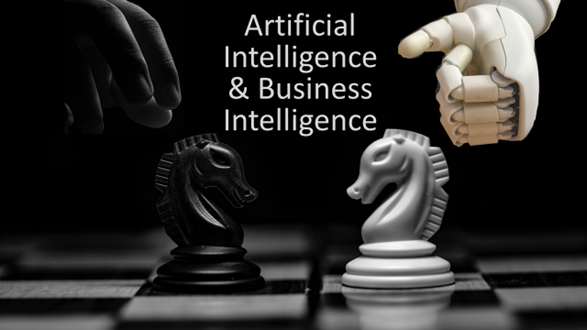NIST Research Leader Applies the NIST Cyber-Physical-Systems (IoT) Framework to AI Communications for Business

In the recently published Research Handbook on AI and Communications, NIST researcher Dr. Edward Griffor, with academic collaborators, describes the importance of the NIST Cyber-Physical Systems (IoT) Framework for artificial intelligence (AI) in communications. The NIST contribution is described in the emerging field of studies on communication of, by, and with AI. The book chapter provides a comprehensive analysis of the complex intersections between AI and communication. In this contribution, the CPS Framework Aspects and Concerns are used to analyze the dimension of AI communications risk as it relates to business intelligence.
AI has produced impactful results across a multitude of domains. Business solutions that previously seemed impossible are now made possible based on AI-enabled components, whose use is often imperative to the overall success of business processes. However, leveraging AI is not trivial. Griffor argues, “Given the complexity of AI components and their behavior, communication is a major hurdle among stakeholders with different backgrounds and goals.” Stakeholders may have their own set of concerns and requirements, vocabulary can vary depending on each stakeholder’s domain of expertise, and each group likely has its own goals that may conflict with other groups’ goals. For example, public relations experts may want to promote transparency surrounding decisions of AI-enabled systems and business processes. However, cybersecurity experts may argue that excessive transparency would threaten security. Then Griffor and his co-authors explain how to manage the multi-layered business processes involving AI-enabled systems, integrating requirements using the NIST CPS Framework aspects and concerns as the overarching structure of requirements.
While the NIST CPS framework was explicitly conceived to guide the design and development of CPS and IoT systems, Griffor points out that “the underlying approach can be used to overcome the challenges that emerge from the use of AI components in AI-enabled systems and business processes - especially “black-box” AI components.” The book chapter illustrates this methodology with an example of a Fintech company that wants to develop requirements for business processes related to processing credit card applications in which the business processes use AI, where the goal is to minimize bias and ensure the fairness of the credit card application assessment process.

